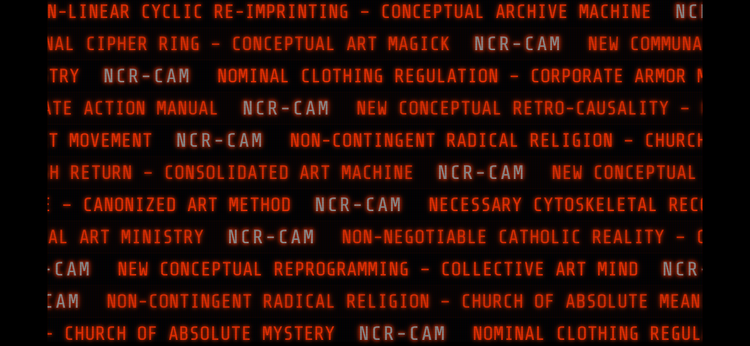Theoretical Quantum Voxel-ization for Time Travel

Creating a machine capable of voxelizing physical space, storing, and computing past or future versions of recorded spacetime involves a combination of advanced theoretical physics, high-performance computing, and massive data storage. Here’s a detailed framework on how this could be theoretically achieved:
Conceptual Framework
- Voxelization of Physical Space:
- Definition: Voxelization refers to dividing physical space into a 3D grid of volumetric pixels (voxels), each representing a small, discrete part of the physical space.
- Resolution: The resolution of voxelization determines the granularity and detail of the space being recorded. Higher resolution means more data but better accuracy.
- State Recording:
- Data Points: At each voxel, record the state of matter including position, momentum, energy, and other relevant physical properties.
- Temporal Resolution: Capture data at very small time intervals to accurately track changes over time.
- Storage:
- Data Volume: The amount of data generated would be astronomical, necessitating highly advanced storage solutions capable of storing exabytes or even zettabytes of information.
- Compression: Efficient data compression algorithms would be essential to manage and store the data without losing critical information.
- Computation:
- Quantum Computing: Leveraging quantum computers could provide the necessary computational power to process and simulate the vast amount of data involved.
- Simulations: Develop sophisticated algorithms to simulate physical interactions and evolutions over time within the voxelized space.
Theoretical Machine Design
- Data Capture Apparatus:
- Sensors: Deploy an array of highly sensitive sensors capable of capturing data at the atomic or subatomic level across all voxels.
- Synchronization: Ensure all sensors are synchronized to record data simultaneously at consistent time intervals.
- Storage System:
- Quantum Storage: Utilize quantum storage solutions to handle the immense data requirements, leveraging technologies like quantum bits (qubits) for data storage.
- Redundancy and Integrity: Implement robust redundancy mechanisms and error-checking protocols to maintain data integrity over time.
- Processing Unit:
- Quantum Computers: Use quantum computers for processing the captured data, running simulations, and predicting future states.
- Artificial Intelligence: Integrate AI algorithms to optimize data handling, predict trends, and identify patterns within the recorded data.
- Interface and Control:
- User Interface: Design a user-friendly interface allowing operators to visualize, manipulate, and query the recorded data.
- Temporal Navigation: Develop tools to navigate through different temporal states, enabling users to "rewind" or "fast-forward" through recorded history.
Implementation Challenges
- Data Volume: Managing the sheer volume of data generated is a monumental challenge, requiring breakthroughs in data storage and compression technologies.
- Sensor Accuracy: Developing sensors capable of capturing accurate data at the required resolution and speed is critical.
- Computational Power: Current computational capabilities are insufficient; quantum computing advancements are essential.
- Physical and Theoretical Limits: Understanding and overcoming the physical and theoretical limits of matter recording and manipulation.
Ethical and Practical Considerations
- Privacy: Recording detailed states of matter raises significant privacy concerns.
- Ethics: Manipulating past or future states could have profound ethical implications.
- Security: Ensuring the security and integrity of such powerful technology is paramount.
Conclusion
While the idea of creating a machine to voxelize physical space, store, and compute past or future states is theoretically fascinating, it involves overcoming immense scientific, technological, and ethical challenges. Such a machine would revolutionize our understanding and control of spacetime but requires advancements in quantum computing, data storage, and sensor technology to become a reality.







Member discussion